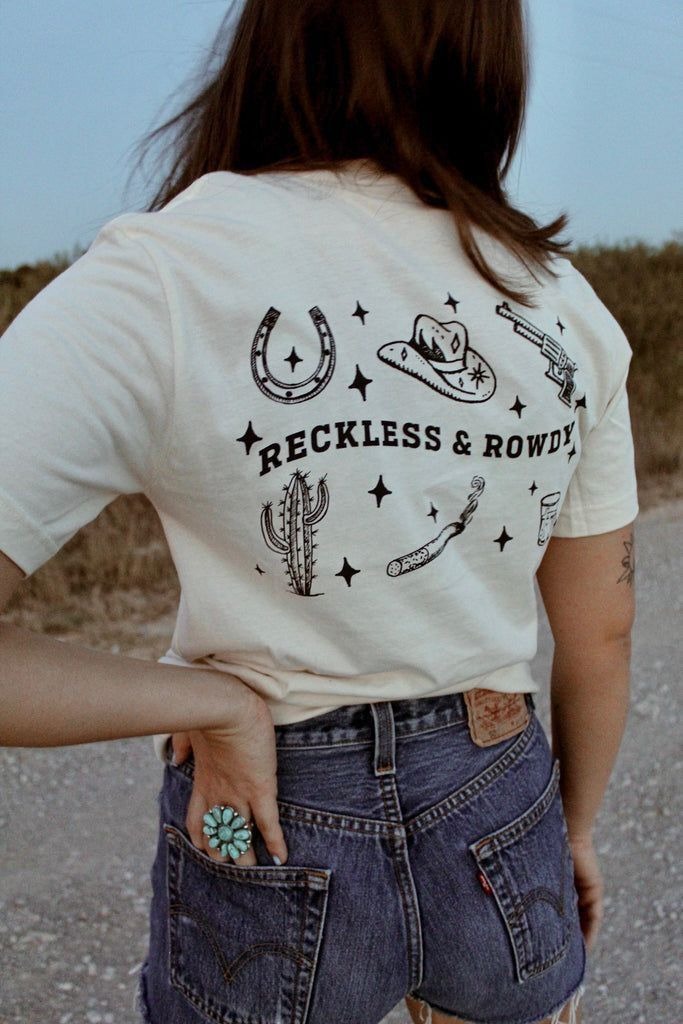Blog
The Evolution and Cultural Significance of the T Shirt

The unassuming T shirt has emerged from humble beginnings to become a wardrobe staple across the globe. This garment has journeyed from practical undergarment to powerful canvas for personal expression. Its simple form belies a complex story that weaves through industrial innovation, social change, artistic movements, and environmental debates. In this exploration, the aim is to trace the trajectory of the T shirt in a cohesive narrative that unpacks origins, transformations, and future possibilities. By examining manufacturing shifts, cultural adoption, design innovations, ethical concerns, and digital influences, this discussion reveals how a plain piece of cloth transcends function to reflect identity and values in modern society.
Origins of the T Shirt trace back to garments worn for basic protection and comfort. In early eras, undergarments remained hidden beneath outer layers. With evolving climates and changing labor conditions, simpler shirts became practical for manual work. These early versions were crafted from natural fibers, often hand stitched. The simplicity of the shape—essentially a body covering with sleeves—offered freedom of movement for tasks. At this stage, garments resembled basic linen or cotton shirts without decorative elements. The absence of complex tailoring or adornment served utilitarian needs. As industrial textile methods advanced, production of plain garments grew more efficient, laying the groundwork for a garment that would soon shed its private role to embrace more public visibility.
The shift of the T shirt from hidden underlayer to visible outer garment emerged in contexts such as military use and labor uniforms. In certain climates, soldiers and workers found that lighter garments offered relief under heavier uniforms or in strenuous conditions. These simple shirts became prized for their breathability and ease of cleaning. Workers in industrial settings gravitated toward them for comfort during long hours of physical labor. As a result, manufacturers began producing these garments in larger quantities, using processes that allowed standard sizes and reliable fabric quality. The modest undergarment thus gained recognition for comfort and practicality, setting the stage for wider public adoption once social and cultural factors aligned.
Adoption into mainstream fashion occurred in part through cinema and celebrity influence. As film portrayals showed characters wearing plain shirts in casual settings, audiences observed that simple attire could communicate authenticity or rebellious spirit. Actors adorned in plain shirts projected an image that resonated with broader audiences seeking comfort and a break from formalwear constraints. Over time, the garment lost its strictly private identity and became an acceptable piece of casual outerwear. Retailers began displaying shirts alongside other ready to wear items, inviting consumers to embrace a relaxed style in daily life. This evolution was gradual yet steady, marking a shift in perceptions of what constituted appropriate public attire.
The T shirt evolved into a cultural symbol as designers and wearers recognized its potential as a canvas for messages. Printed text, images, and slogans transformed the plain surface into a medium for communication. Activists leveraged this by stamping statements on shirts to raise awareness for causes. Musicians and bands popularized designs that fans could wear to affiliate with a cultural movement. These graphic expressions signified belonging and identity, turning the garment into a wearable banner. As printing techniques matured, complexity of designs increased. Screen printing methods allowed vibrant imagery, promoting artistic experimentation. The T shirt thus shifted from mere clothing to a tool of self assertion, reflecting individual beliefs, humor, or affiliations.
Design innovations extended beyond graphics to the garment’s shape and materials. While the classic cut remained dominant, variations in sleeve length, neckline shape, and fit emerged. Designers experimented with looser silhouettes and alternative fabrics to cater to diverse tastes. Fabric blends introduced softness and stretch, enhancing wearer comfort. Technological improvements in textile weaving and knitting yielded fabrics that manage moisture, resist odor, or regulate temperature. These developments responded to consumer demand for performance attributes without sacrificing the casual ease associated with the garment. Through material science and design creativity, the T shirt adapted to varied contexts from athletic pursuits to fashion runways, illustrating its versatility.
Environmental and ethical considerations have risen to prominence in discussions about the T shirt. Large scale production of cotton and synthetic fibers exerts pressure on natural resources. Intensive water use and pesticide application in conventional cotton cultivation raise concerns about sustainability. Synthetic materials derived from fossil fuels contribute to environmental burdens when produced and when discarded at end of life. Labor practices in garment factories also draw scrutiny, as demand for low cost items can lead to poor working conditions. In response, sustainable cotton farming practices and recycled fibers are gaining traction. Ethical manufacturing initiatives highlight fair wages and safe workplaces. Consumers increasingly seek transparency in supply chains, prompting brands to disclose sourcing and production standards. The T shirt becomes a lens through which broader questions about consumption, waste, and social responsibility are examined.
Customization and personalization represent another dimension in the ongoing story of this garment. Advances in digital printing and on demand production enable individuals to order shirts featuring bespoke designs or personal photographs. Small scale operations and online platforms facilitate direct connection between maker and consumer. This trend democratizes design, allowing creative expression without large print runs. Custom shirts commemorate events, celebrate communities, or serve as unique gifts. The immediacy of online interfaces fosters experimental ideas, as individuals can preview designs digitally before ordering. The interplay between personalization and mass production highlights tensions but also opportunities for more mindful consumption: garments are created to order, reducing excess inventory and encouraging pieces that hold personal significance.
The role of the T shirt in activism and identity politics remains potent. Social movements deploy shirts to unify participants and amplify messages. Wearing a shirt bearing a slogan signals solidarity in public spaces. Visual consistency among protestors strengthens collective presence. Beyond protests, personal identity expressions via shirts address gender, sexuality, and cultural heritage. Individuals choose designs that articulate facets of identity, fostering visibility and dialogue. Online communities share ideas for impactful imagery and wording, contributing to evolving norms of representation. As societal conversations shift, the messages emblazoned on shirts capture historical moments, preserving snapshots of collective sentiment. The garment thus participates actively in social discourse.
Commercial strategies around the T shirt leverage its ubiquity and adaptability. Brands curate signature shirt lines to extend identity and reach audiences. Collaborations between designers and artists create limited edition runs that generate excitement and exclusivity. Promotional merchandise further embeds brands in popular culture, as shirts bearing logos or artwork circulate among consumers. Retailers segment offerings to appeal to diverse demographics, from high end fashion interpretations to streetwear styles. Pricing strategies reflect positioning: premium garments may use luxury materials or artisanal production, while mass market items focus on affordability. Marketing narratives emphasize authenticity, quality, or values alignment to attract consumers in a crowded marketplace. The simplicity of the garment belies complex brand dynamics and consumer psychology.
Global supply chain and labor considerations continue to influence the T shirt industry. Production often spans multiple countries: cotton may be grown in one region, yarn spun elsewhere, fabric knitted in another, and final assembly completed in yet another. This complexity raises challenges in tracing origins and ensuring ethical standards. Transportation across continents contributes to carbon footprints. Efforts to localize production benefit some markets seeking reduced environmental impact and faster response to trends. However economic realities mean many producers remain reliant on established manufacturing hubs. Transparency initiatives and certifications aim to inform consumers and hold stakeholders accountable. The T shirt thus embodies broader globalization issues: balancing efficiency, cost, social equity, and ecological stewardship.
The digital era amplifies the reach and influence of the T shirt. Online commerce platforms present global marketplaces where small creators and large brands converge. Social media channels showcase designs to vast audiences, enabling trends to spread rapidly. Viral memes often find their way onto shirt designs, reflecting the interplay between digital culture and physical apparel. Influencers collaborate with brands to promote limited runs, driving engagement among followers. Digital tools for design and mock up facilitate experimentation without large upfront investment. Analytics inform production decisions based on consumer preferences. Yet the speed of digital cycles can lead to overproduction if not managed responsibly. The digital context thus offers opportunities and challenges for sustainable practice in the T shirt domain.
Future trends point toward continued emphasis on sustainability and innovation. Research into alternative fibers derived from regenerative agriculture or recycled sources may reduce environmental impact. Biodegradable fabrics and closed loop manufacturing processes hold promise for minimizing waste. Advances in digital printing promise greater resource efficiency and more vivid imagery. Smart textiles that integrate sensors could open new functional possibilities. Consumer interest in slow fashion may encourage durable designs meant for extended use rather than rapid turnover. Community based production models may encourage local artisanship and strengthen connections between makers and wearers. As cultural values evolve, the T shirt’s role as a medium for identity and messaging will persist, though the nature of those messages may shift in response to global challenges and aspirations.
In conclusion, the T shirt exemplifies how a simple garment can encapsulate vast narratives of technology, culture, economy, and ethics. From its understated origins as a practical undergarment to its present status as a ubiquitous canvas for self expression, the T shirt’s evolution mirrors transformations in society at large. Its adaptability allows it to traverse contexts of work, leisure, activism, fashion, and commerce. Yet this very ubiquity raises critical questions about resource use, labor justice, and environmental impact. As individuals and industries navigate these concerns, the T shirt remains emblematic of broader choices about consumption and creativity. Reflecting on its journey encourages appreciation for everyday objects and invites mindful engagement with the forces shaping material culture.
